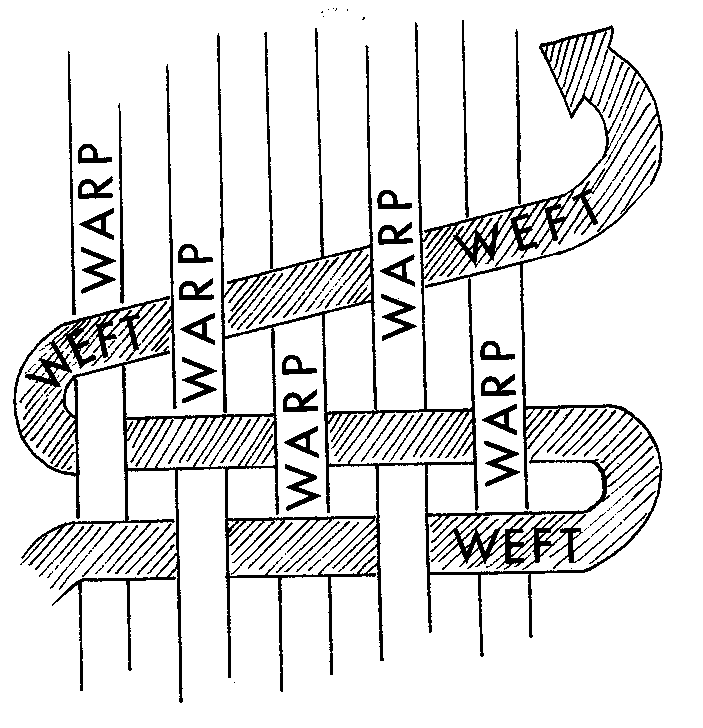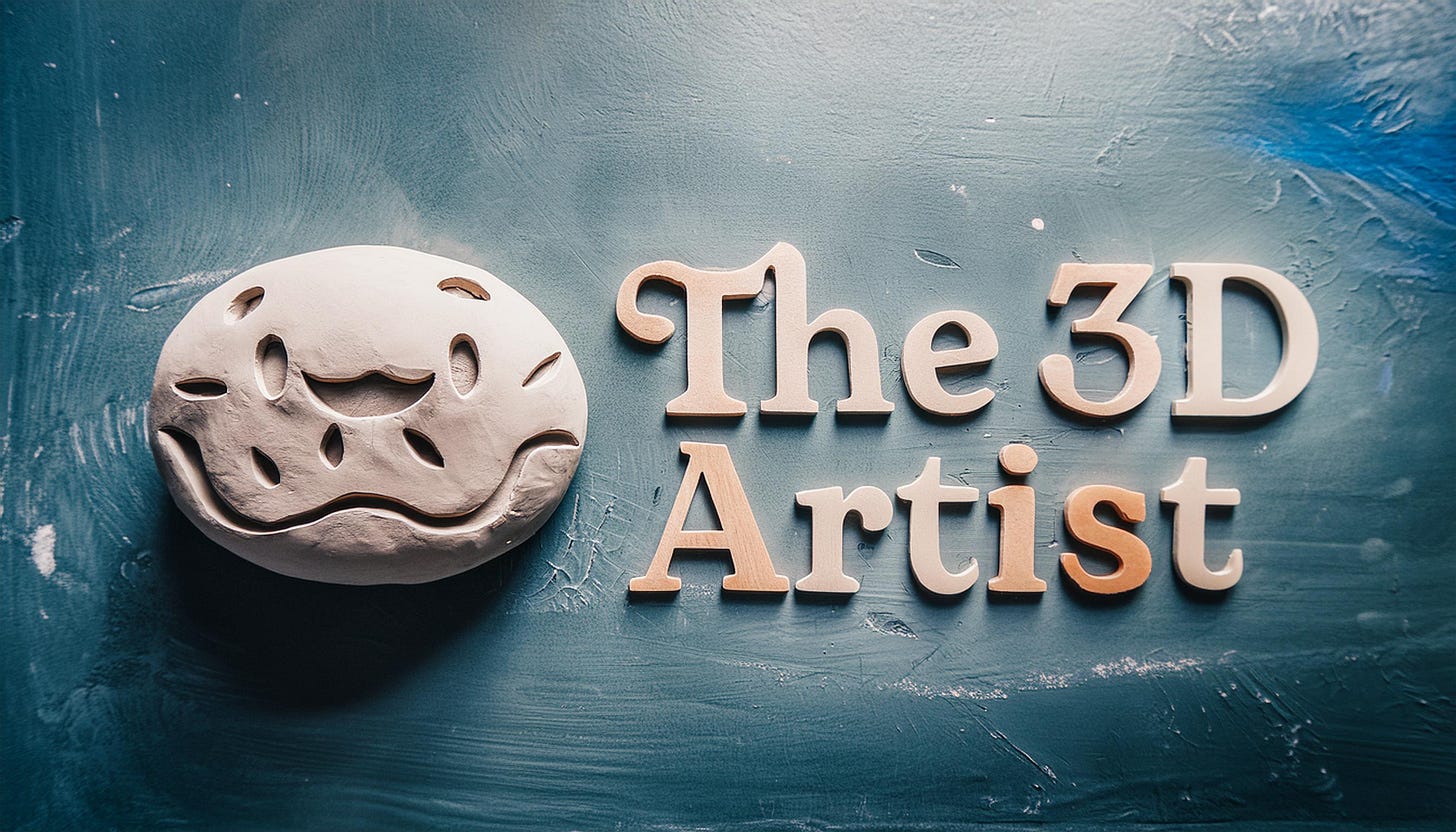If you've been spending your days perfecting textures for animated films, Hollywood blockbusters, TV commercials, and video games, you might think you know everything about surfacing an object. But what if I told you there's a whole new world of design just waiting to be explored? Enter the realm of CMF design—an area that could be your next big career move if you are looking to make the leap away from the entertainment industry.
CMF Design: What's That?
CMF stands for Color, Material, and Finish. A CMF designer's job is to define the look and feel of products in industries like apparel, footwear, industrial design, and automotive design. It's about selecting the perfect hues, materials, and finishes that convey a brand's essence and attract consumers. Think of it as texturing for real-world objects, but instead of creating dragon scales for the latest fantasy epic, you're deciding on the leather for the interior of a sports car.
Traditionally, CMF designers worked solely with physical materials and 2D digital tools like Adobe Illustrator. Now, they are increasingly adopting 3D-centric workflows, and that is where you can make your mark.
Similarities: Familiar Territory
Let's start with the good news: as a 3D artist, you already possess many skills necessary for CMF design.
Attention to Detail: Both roles require a meticulous eye for detail. Precision is vital in crafting the lifelike texture or selecting the perfect leather grain for a luxury handbag.
Aesthetic Sense: Your ability to create visually appealing textures and materials in the digital world will translate well. CMF design demands a strong sense of color theory, material properties, and aesthetics, all of which are your bread and butter.
Technical Skills: Familiarity with tools like Photoshop, Substance Painter, and other design software is a significant plus. CMF designers also rely heavily on digital tools to visualize their concepts and make adjustments.
Collaboration: While 3D artists often work within a team of fellow creatives, CMF designers collaborate closely with engineers, marketers, and product managers. This ability to collaborate to reach your final goal is key for both roles.
Differences: New Challenges
Of course, transitioning to CMF design isn't without its challenges. Here are some key differences to consider:
Physical Constraints: Unlike digital textures in a virtual space, CMF designers must consider real-world constraints like manufacturability and durability. That means understanding how materials behave in different conditions and ensuring your designs can be produced cost-effectively.
Consumer Focus: In the media and entertainment world, you create for an audience looking for immersion and escapism. In CMF design, your audience is the consumer, who might prioritize comfort, style, or brand identity. Understanding consumer trends and preferences is crucial.
Jargon: The language of real world materials is just different than digital. You have to communicate about draping and the whiskers of denim pants and the warp and weft of a particular material. You will need to become fluent in that realm.
Creations for Internal Review and Not Final Output: In entertainment, everything you create is meant for public release. As a CMF designer, however, most of the images you produce are for internal design reviews and not public consumption. This is not a major shift but something to point out to 3D Artists.
It Doesn’t Matter How Cool It Looks on Screen: A mistake I made when initially working with CMF designers was relying on my background in animated films and focusing on making my 3D renders look as cool as possible. I would tweak colors and slightly change the scale of materials to be as aesthetically pleasing as possible. For CMF designers, that’s a big no-no. Adjusting the scale of a pattern to enhance the render is counterproductive because it gives a false sense of how the product will actually look. The goal of 3D design for CMF designers is to accurately represent the final product, not just to create eye-catching images. If a render looks amazing but can't be manufactured that way, it doesn't matter.
Making the Transition: Steps to Success
Ready to dive into CMF design? Here’s a roadmap to help you transition smoothly:
Educate Yourself: Start by familiarizing yourself with the basics of CMF design. Plenty of online courses and resources are available. Understanding the specifics of materials and their applications in different industries is essential.
Build a Portfolio: Just as you would for any 3D job, a strong portfolio is vital. Include examples highlighting your ability to select and apply materials, colors, and finishes. Show a range of products to demonstrate versatility. As mentioned in this article, you have to prove you can do the job before they give you the job.
Network: Connect with professionals in the CMF industry. Attend design fairs, join relevant online communities, and seek out mentors who can provide guidance and feedback.
Stay Current: Fashion, automotive, and product design trends change rapidly. Stay up-to-date with the latest developments and innovations in materials and finishes.
Conclusion: Making the Leap to CMF Design
Finding the right company is crucial for your transition to a CMF Designer. Many companies in this field often seek individuals with traditional material backgrounds who are looking to upskill into digital workflows. You need to demonstrate that the reverse is also possible—that your extensive 3D knowledge can be seamlessly transitioned into the real world of materials and finishes.
To achieve this, build a compelling portfolio that showcases your proficiency in both digital and physical domains. This will provide concrete evidence of your capabilities, ensuring that companies see you as a skilled professional ready for the role, rather than a risk requiring a leap of faith.
Always strive to effectively showcase your skills, making it easy for potential employers to recognize your value and expertise.
The 3D Artist Community Updates!
Big Week in The 3D Artist Community!
The group is up to 29 people!
We now have a VFX Supervisor, a slew of 3D Fashion Designers, a Leader of Digital Content Creation for apparel, a Photographer and Art Director, a 3D modeling specialist, an Asset Supervisor for TV Production, a 3D swimwear designer, and a bunch of artist!
We hosted an AMA with Product Designer and AR Specialist at Bezi Cory Bramall!!!
There is still time to sign up before next week’s live session with Product Visualization Specialist Misty Aminloo!
We started a book club and kicked off with Rick Rubin’s The Creative Act: A Way of Being
We also have regular online meetups where community members can connect, ask questions, and make connections around the world (we now have 5 countries represented in the group!)
3D News of the Week
Disney Animation Filmmaking Process - Disney
Womp Introduces AI - Womp
Autodesk Media & Entertainment Reel - Autodesk
George Lucas on AI - Twitter
Doly lets you generate 3D product videos from your iPhone - Tech Crunch
3D Merch is here!
3D Tutorials
3D Job Spreadsheet
Link to Google Doc With A TON of Jobs in Animation (not operated by me)
Hello! Michael Tanzillo here. I am the Head of Technical Artists with the Substance 3D Growth team at Adobe. Previously, I was a Senior Artist on animated films at Blue Sky Studios/Disney with credits including three Ice Age movies, two Rios, Peanuts, Ferdinand, Spies in Disguise, and Epic.
In addition to his work as an artist, I am the Co-Author of the book Lighting for Animation: The Visual Art of Storytelling and the Co-Founder of The Academy of Animated Art, an online school that has helped hundreds of artists around the world begin careers in Animation, Visual Effects, and Digital Imaging. I also created The 3D Artist Community on Skool and this newsletter.
www.michaeltanzillo.com
Free 3D Tutorials on the Michael Tanzillo YouTube Channel
Thanks for reading The 3D Artist! Subscribe for free to receive new posts and support my work. All views and opinions are my own!











